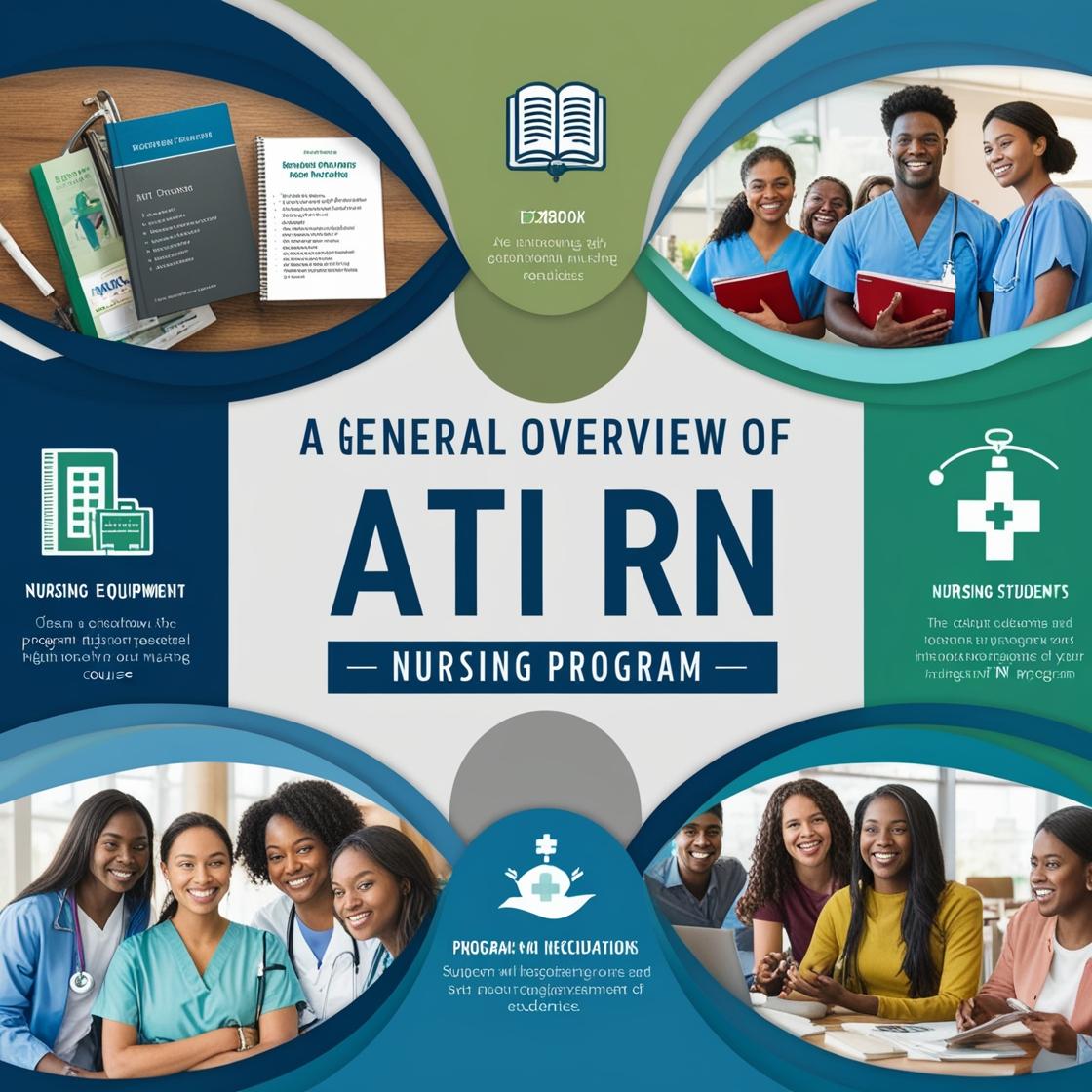ATI RN
Human Growth and Development Exam Questions
1. A childbirth leave of __________ predicts favorable maternal physical and mental health, supportive marital interaction, and sensitive caregiving.
- A. 6 weeks
- B. 8 weeks
- C. 10 weeks
- D. 12 weeks or more
Correct answer: D
Rationale: Research indicates that a childbirth leave of 12 weeks or more leads to favorable outcomes for maternal physical and mental health, supportive marital interaction, and sensitive caregiving. This extended period of leave allows mothers to recover physically, adjust psychologically, and establish strong bonds with their newborn, which ultimately benefits the whole family. Choices A, B, and C are incorrect as they do not provide the optimal duration needed for mothers to experience the full range of benefits associated with an extended childbirth leave.
2. The mother feels a natural urge to squeeze and push with her abdominal muscles during which stage of labor?
- A. first
- B. second
- C. third
- D. fourth
Correct answer: B
Rationale: The mother feels a natural urge to squeeze and push with her abdominal muscles during the second stage of labor. This stage occurs after the cervix is fully dilated and ends with the delivery of the baby. Choice A (first) is incorrect as the first stage is mainly characterized by the dilation of the cervix. Choice C (third) is incorrect as the third stage is the delivery of the placenta, and choice D (fourth) is incorrect as the fourth stage is the recovery period after childbirth.
3. Which statement about a blastocyst is true?
- A. It consists of a single cell.
- B. It is a structure that feeds the developing organism.
- C. Between the seventh and ninth days, it burrows deep into the uterine lining.
- D. It is a membrane that helps to keep the temperature of the prenatal world constant.
Correct answer: C
Rationale: The statement that is true about a blastocyst is that between the seventh and ninth days, it burrows deep into the uterine lining. This process, known as implantation, is essential for the blastocyst to establish a connection with the mother's body and receive nutrients for further development. It is a critical stage in prenatal development and sets the foundation for pregnancy. Choices A, B, and D are incorrect. A blastocyst is not a single cell but rather a structure composed of many cells. It is not a structure that feeds the developing organism; instead, it implants in the uterine lining to receive nutrients. It is not a membrane that regulates temperature but plays a crucial role in the initial stages of pregnancy by implanting in the uterus.
4. Which major theory of human development emphasizes plasticity at all ages?
- A. psychoanalytic perspective
- B. ethology
- C. evolutionary developmental psychology
- D. lifespan perspective
Correct answer: D
Rationale: The correct answer is D, the lifespan perspective. This perspective underscores the idea that individuals have the capacity for growth and change at any age, highlighting plasticity throughout the lifespan. It acknowledges the continuous development and adaptability of individuals to various experiences and factors. Choice A, the psychoanalytic perspective, focuses more on unconscious processes and early childhood experiences. Choice B, ethology, emphasizes the study of animal behavior in natural environments. Choice C, evolutionary developmental psychology, examines how evolutionary principles influence human development but does not specifically focus on plasticity at all ages.
5. Liz is 36 weeks pregnant. A rise in her baby's heart rate is probably followed within five seconds by __________.
- A. a burst of motor activity
- B. a period of sleep
- C. a rise in Liz's heart rate
- D. a drop in Liz's body temperature
Correct answer: A
Rationale: A rise in the baby's heart rate during pregnancy is usually followed within five seconds by a burst of motor activity. This indicates that the baby is responding to stimuli and is an important sign of healthy fetal development. A period of sleep, a rise in Liz's heart rate, or a drop in Liz's body temperature are not typically immediate responses to changes in the baby's heart rate. Sleep is less likely to be a direct response to changes in heart rate, Liz's heart rate is independent of the baby's heart rate changes, and a drop in Liz's body temperature is not a common immediate response to fetal heart rate changes.
Similar Questions

Access More Features
ATI RN Basic
$69.99/ 30 days
- 50,000 Questions with answers
- All ATI courses Coverage
- 30 days access @ $69.99
ATI RN Premium
$149.99/ 90 days
- 50,000 Questions with answers
- All ATI courses Coverage
- 30 days access @ $149.99
